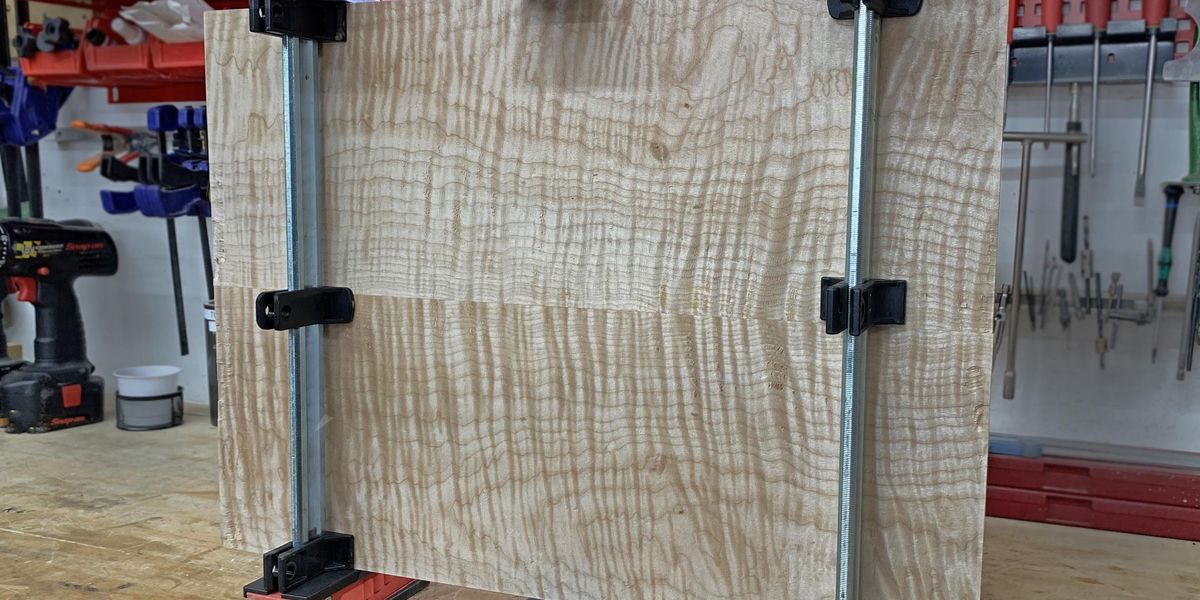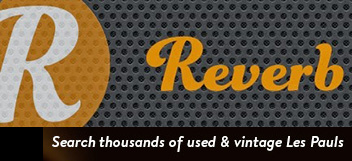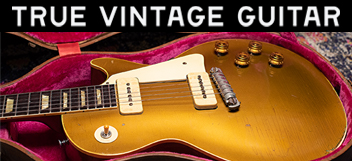Xpensive Wino
Well-known member
- Joined
- Nov 3, 2012
- Messages
- 7,537
The type of glue a builder uses can make a big difference in their process, but when it comes to tone, does it matter?
Guitarists searching for their ultimate instrument are an interesting bunch.
So many factors to consider, so much energy to expend on the journey towards guitar nirvana. A player may be satisfied with a certain shape—like a Flying V or Explorer.
Others are obsessed with pickups, hardware, fretboard radius, scale length, or fret size. I’d venture that most of us consider a lot of these things and more when choosing a guitar. But there is a certain place in my heart for those infatuated with the type of glue used to construct a potential purchase.
Don’t get me wrong, I’m not listening to Ford Thurston and thinking what he needs is a little more hide glue in his tone, but somebody might be. This obsession probably stems from the mythology of vintage instruments more than any sonic observations.
Instrument makers have used animal-based glues for centuries, mainly because it was all that was available. Adhesives can be made from a variety of animal remains: bones, hooves, hides (skins), and even fish parts. These organic items are basically proteins that can be boiled down to a gel-like substance which, when heated, becomes sticky, spreadable, and can be used to bond a wide range of materials, including wood. For this discussion, I’ll refer to all of these as hide glues.
Woodworkers used hide glues almost exclusively until the middle of the 20th century, when synthetic glues became available. Adhesives such as PVA (polyvinyl acetate) are sometimes referred to as yellow or white glue.
Over time, and as instrument building became more of an industry as opposed to a boutique craft, PVA became the standard in large-scale commercial instrument manufacturing.
I believe that a lot of the mystique stems from old-school repair people who would prefer to work on older instruments constructed with hide glues, which are easier to disassemble.
A distinct advantage is that unlike PVA, epoxies, and superglues, hide glue can be easily loosened for repair with heat and water. That’s a real bonus for shops that specialize in neck resets, fretboard replacements, and all manner of acoustic guitar repair. Old hide glue can be successfully removed from a joint and new glue can be applied for a repair—as the new glue will bond directly to old glue.
Another characteristic of hide glue is its self-clamping action when the fit of parts is very tight to begin with. The glue pulls parts together as it dries and can be good for jobs like book-matching tops and backs—even without clamps. Hide glue is very brittle when cured, which has led some to say that it encourages the transmission of vibration from part to part. This, along with the tight fit aspect, may be the primary source of the “hide glue is better” sentiments that get repeated as gospel in some circles.
Of course, if you leave your hide-glued guitar in a car trunk on a hot summer day, you may regret it as much as the repair shop loves it.

The Hype About Hide Glue
The type of glue a builder uses can make a big difference in their process, but when it comes to tone, does it matter?
 www.premierguitar.com
www.premierguitar.com



